One of the most common mistakes rookie backpackers make, is carrying either too much or not enough food for their hiking trips.
Don’t make this mistake!
When going on a hiking trip, you need to ensure you have enough food to fuel your journey. And not just enough food! You also need to ensure you carry the right types of foods.
Hence this post.
In this article, you’ll learn how to plan your meals for your next hiking trip. Some of the things you’ll learn include:
- Food considerations while backpacking
- Hiking food ideas, and
- How to create a meal plan for your hiking trips
But before that, let’s first understand how much food you’ll need to keep you energized during your backpacking trip.
Table of Contents
- How Much Food Should You Carry When Hiking?
- Factors Affecting How Much Food to Carry
- Tips to Ensure You Consume Enough Calories
- Snacking Frequently
- Eat High Carbs Food
- Drink High-Calorie Beverages
- Eat Three Large Meals
- Add Healthy Fats to Your Hiking Diet
- Food Considerations When Backpacking
- Go for Nutrient-Dense Foods
- Bring a Little Extra Food
- Bring Some Fresh Foods
- Avoid Canned Foods
- Choose Lightweight Foods
- Pack Foods you Enjoy
- Pack Foods That are Convenient
- Add Spices
- Leave No Trace
- Stay Hydrated
- Have Proper Packaging to Avoid Bears
- Bring Some Alcohol for Fun
- Carry the Right Equipment
- Backpacking Meal Suggestions
- Sample Meal Plan
- Meal Planning Doesn’t Have to Be Stressful
How Much Food Should You Carry When Hiking?
One of the first considerations you need to make when packing food is to understand how many calories you’re likely to burn during your hiking trip.
Typically, it’s usually 2500-5000 calories a day, depending on several factors.
But what are these factors?
Keep reading to learn more.
Factors Affecting How Much Food to Carry
Terrain
One of the first factors likely to affect how much food to carry is the terrain you’re going to hike on.
You’re likely to consume more calories (4000-5000 calories) when hiking in a hilly or mountainous region than if you were backpacking in relatively flat terrain (2500-3000 calories).
This is why one of the most essential tips for beginner backpackers is to understand the terrain before heading out.
If you’re going to hike in a hilly or mountainous region, carry more food than you would if you were to backpack in flatter terrain.
Intensity of Activity
How many kilometers and for how long do you intend to hike every day?
Your answer to this will help you determine how much food to carry for your backpacking trip.
If you’re planning to cover a longer distance, pack more food since you will burn more calories.
Your Size
The more you weigh, the more calories you’re likely to burn when backpacking.
If you’re like the average male Canadian (187 lb.), you’re likely to burn approximately 600 calories an hour of hiking with a 20 lb. backpack. If you’re heavier, this is likely to be more.
So, plan accordingly.
Backpack Weight
There’s a reason why you’re always advised to look for lightweight backpacking gear. Heavier gear results in a heavier load which translates to more calories burned
When planning your trip, look for a lighter backpack, and pack only what you need.
How Long you Plan to Hike
How many days do you plan to go out? The number of days you plan to go out will determine the total number of foodstuffs to carry.
Once you know the number of calories you’re likely to burn per day, you can use this to estimate how much food to carry.
And here’s the best part.
You don’t have to guess; you can use a hiking calorie calculator to help you estimate the number of calories you’re likely to burn.
Tips to Ensure You Consume Enough Calories
Consuming 2500-5000 calories a day while hiking isn’t easy. Some of the things you can do to ensure you consume enough calories include:
Snacking Frequently
It can be impossible to consume your daily calorie intake by only eating three meals. Which is where snacking comes in.
While hiking, it’s advisable to munch on carbohydrate-rich snacks to help keep your energy levels up. Aim to add at least two snack breaks between every meal of the day.
If you discover that you burn more calories than other people, double up on the number of snacks you take.
Eat High Carbs Food
Carbohydrates are the primary sources of energy. Studies suggest that every gram of carbs gives you four calories.
To achieve the high energy required for hiking, you’ll need to ensure you include foods with high starch content in your hiking meal plan.
Drink High-Calorie Beverages
Fruit drinks, shakes, smoothies, hot chocolate, and a hot cup of coffee are all great sources of calories.
And the best part is,
Most of these can be found in powdered mixes, making them a lightweight source of high-quality calories.
Eat Three Large Meals
You’re likely to burn more calories while backpacking than you would if you were carrying on your daily activities.
This is why you need to ensure you eat more than you eat while at home. When planning, aim to eat at least twice what you usually eat.
Add Healthy Fats to Your Hiking Diet
Fats provide you with twice the number of calories you’d get from both proteins and carbohydrates.
By adding healthy fats into your diet, you’re able to drastically increase the amounts of calories without adding too much food to your diet.
But don’t just add any fats. This article provides you with a list of healthy fats you can add to your diet.
Food Considerations When Backpacking
Go for Nutrient-Dense Foods
When packing food, make sure you go for nutrient-dense foods.
You don’t want to be halfway through your hiking experience, only to realize you’ve been consuming a bunch of empty calories.
So, when thinking about what foods to carry, choose foods that contain higher amounts of nutrients. These include foods rich in protein and complex carbohydrates to help replenish your energy sources.
Bring a Little Extra Food
This is one of the safety tips that any rookie backpackers should have in mind.
Always bring a little extra food for your hiking trip.
Once you determine how much food and water you’ll need for your trip, add a little extra. Packing extra food means that you’ll have food to last you an additional day or hours. If you get lost or can’t complete your hike within the estimated time, you’ll have something to keep you going until help arrives.
Bring Some Fresh Foods
While it’s advisable to carry non-perishable foods for your backpacking trip, you can include some fresh foods and fruits which you’ll enjoy on your first day of hiking.
Nuts, carrots, seeds, and hard cheeses are other examples of fresh foods you carry to your backpacking trip.
Avoid Canned Foods
Ask any hiker, and they’ll tell you that canned foods are a definite no!
Canned foods are way too heavy to carry, are not as nutrient-dense as fresh food, and create bulky trash that you have to carry.
These three disadvantages are enough to deter any reasonable backpacker from carrying canned foods.
Choose Lightweight Foods
In place of canned foods, go for lightweight foods.
One way to ensure this is by carrying dehydrated or freeze-dried meals. While you may have to dig deeper into your pockets to get high-quality dehydrated meals, these meals are convenient, require no cleanup, and take up less space in your backpack.
And here’s the best part!
If you’re a little short on cash, you can make your dehydrated meals at home. Making dehydrated meals at home allows you to bring your best homemade foods along.
Pack Foods you Enjoy
You don’t want to carry a bunch of foods that you don’t enjoy.
So, when packing your food, pack foods that excite your taste buds. With food that you like, you’ll always look forward to the comfort of a delicious meal at the end of the day.
Pack Foods That are Convenient
Nobody wants to spend several hours after a hike preparing and cooking meals.
This is why you should carry easy to prepare meals that don’t require multiple utensils and long preparations. Dehydrated meals, instant noodles, and rice are examples of some convenient food ideas you should consider.
Add Spices
To keep up with your daily caloric intake, you’ll first need to eat foods you enjoy. Adding spices is one of the ways to ensure you enjoy all your meals.
Some spices to bring along include salt, pepper, cinnamon, garlic powder and any other spices you like.
Leave No Trace
Leave No Trace rules should be a no-brainer for any backpacker.
When out in the wild, make sure you leave no trash behind. This means packing up everything, including apple cores, orange peels, and spent coffee grounds.
Make sure you also put out all fires once you’re done using them.
Stay Hydrated
On an average day, you should drink approximately 2 liters of water. However, when hiking, your water demands drastically increase.
This is why it’s essential to stay hydrated by using water and flavored beverages. Before heading out, make sure you drink at least one liter of water. When out on the road, make sure to sip water often. On hot days, aim to drink at least 1 liter every two hours.
You can add flavored beverage mixes to your water to help add extra electrolytes, which helps keep you energized.
Have Proper Packaging to Avoid Bears
One of the most essential gears to have before heading out for a backpacking trip, is either a bear can or a bear bag.
Having either of these two gears helps secure your food and other scented items from bears and other wild animals.
Bring Some Alcohol for Fun
Alcohol isn’t necessarily good for you when hiking. It’s full of empty calories and is bound to disrupt your sleep cycle.
However, if you’re hiking with friends, you can bring some whisky or wine to help make your nights a bit more fun.
Carry the Right Equipment
Most of the food you carry on your hiking trip will need some form of preparation. This is why you need to ensure you bring the right kitchen equipment.
Some of the gear to include in your kitchen pack include:
- Ultralight stove
- Small cookpot (1-2 people)
- Spoon
- Cup and plate
- Enough cooking fuel
- Water filtration.
Backpacking Meal Suggestions
Breakfast
If you’re like most people, your day begins with a warm “cup of joe.” This is why coffee should be among your top priorities when planning your backpacking meals.
To meet your calorie intake, you should pair your coffee with a calorically dense bar or good old fashioned oatmeal. Other backpacking breakfast choices include:
- Tea
- Cereal and granola
- Powdered milk
- Nuts and seeds
- Peanut or almond butter
- Trail mix
- Pop-tarts.
Lunch
Most of the time, you won’t want to stop and start cooking food.
To save on time, effort, and fuel, you can have a cold lunch. So when prepping and packing your lunch meals, go for foods that can be eaten when cold. This could include different sandwiches with either meat, chicken, peanut butter, or cheese as fillers.
Other food options for lunch while hiking include:
- Sausages
- Almond or peanut butter
- Honey
- Chicken or Tuna
- Bagels
- Crackers
Dinner
On most occasions, dinner is when you’ll get to enjoy your dehydrated meals. With dehydrated meals, all you need to do is add some hot water and wait for a few minutes to cook.
Some of the foods to consider for dinner include:
- Dehydrated veggies
- Instant Macaroni and Cheese
- Freeze-dried chicken dumplings
- Instant mashed potatoes
- Instant soups
- Tuna
- Couscous
Snacks
As mentioned earlier in this post, snacks are essential in ensuring you attain your daily calorie intake when hiking. They provide a good and effective way to keep your energy levels up in between meals.
Some examples of snacks you can carry for your next backpacking trip include:
- Trail mix
- Dried fruits
- Nuts and seeds
- Jerky
- Candy bars
- Crackers
- Snack bars e.g., granola bars
It’s always advisable to have snacks close to you. So, when planning for snacks, consider having either a snack belt or pants with good hip pockets for easy reach.
If you’re going to hike during the summer, try and avoid snacks that are likely to melt.
Now that you know the types of foods to carry for a hiking trip, let’s look at how you can plan these meals for a three-day backpacking trip.
Sample Meal Plan
|
|
Day 1 |
Day 2 |
Day 3 |
|
Breakfast |
1 Cup Instant Coffee Oatmeal 1 pack of Almonds and Walnuts |
Tea Cereal and granola Nuts and seeds |
1 cup instant coffee 1 cup granola ¼ cup powdered milk |
|
Snack |
1 Pack Trail Mix 1 fresh apple |
1 dried mango 1 pack peanuts |
Banana chips 1 Chocolate flavored granola bar |
|
Lunch |
Tortilla sandwich with cheese |
Crackers String Cheese Salami |
Peanut butter and jelly sandwich
|
|
Snack |
1 snickers bar |
Chocolate bar |
1 snickers bar |
|
Dinner |
Instant Macaroni and Cheese 1 pouch Tuna Cocoa mix |
Instant rice 1 pouch chicken |
1 bag instant mashed potatoes 1 pouch Tuna 1 tbsp Olive oil |
Meal Planning Doesn’t Have to Be Stressful
Whether you’re going for a one-day hike or are planning to go for a five-day excursion, meal planning should be a significant consideration.
You need to ensure you create a balance between meals you enjoy and those that will help fuel your hiking trip.
We hope this post helped guide you to make the best decision regarding backpacking meal preps.
If you have any questions, please ask them in the comment section below.
And if you’re looking for excellent hiking gear, including high-quality backpacks to help keep your meals safe, you can check out our online shop here.
Until then Onwards and Upwards from Northbound Gear.Read more

As someone who cares about the environment, you’re always looking for ways to reduce your negative impact. You’ve already started buying clothes from a sustainable producer. You also recycle. It’...

Nunavut, a land of extreme beauty and vast wilderness, offers some of the most unique hiking experiences on the planet. From the floe edge of the Arctic Ocean to the rugged tundra and dramatic fjor...
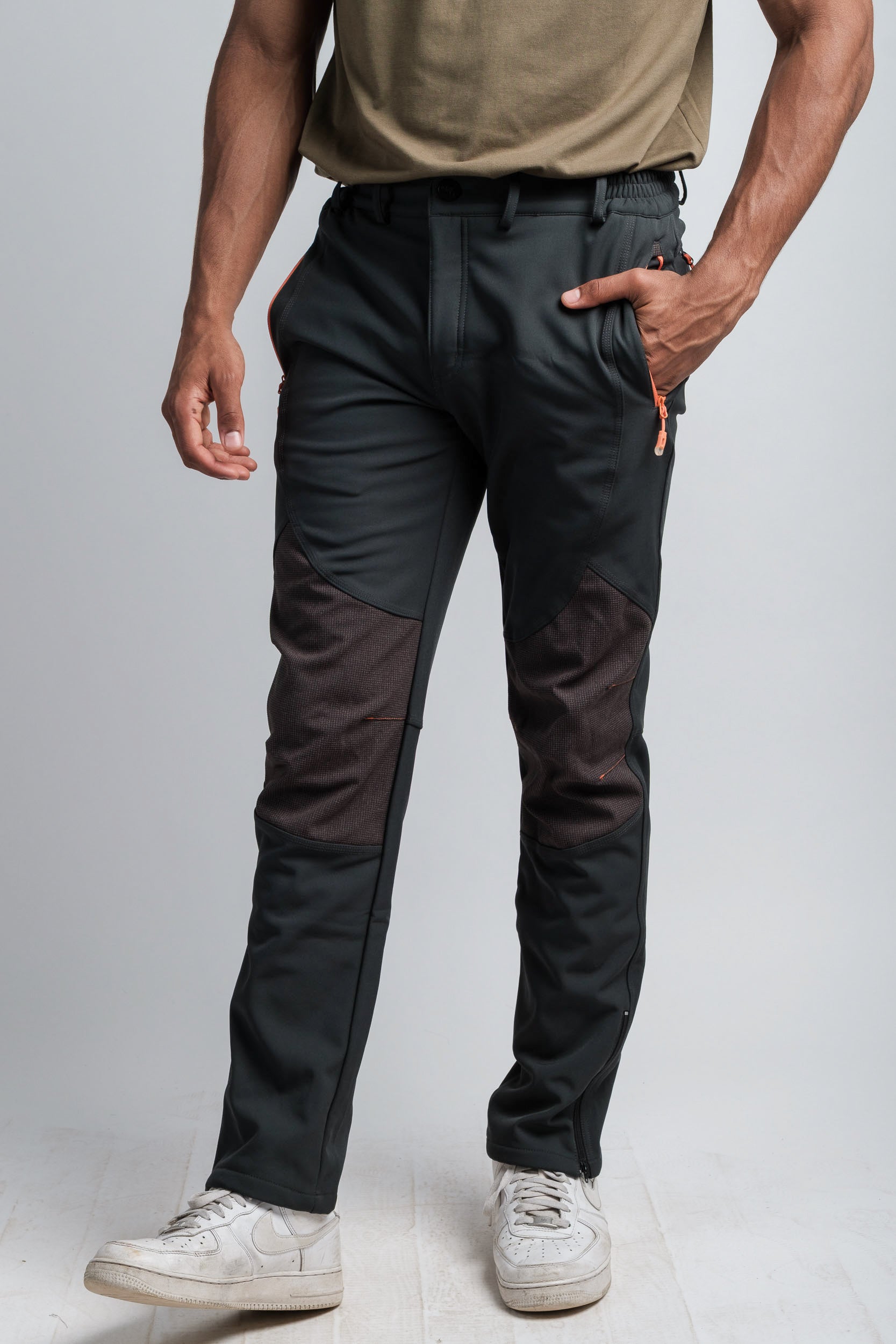
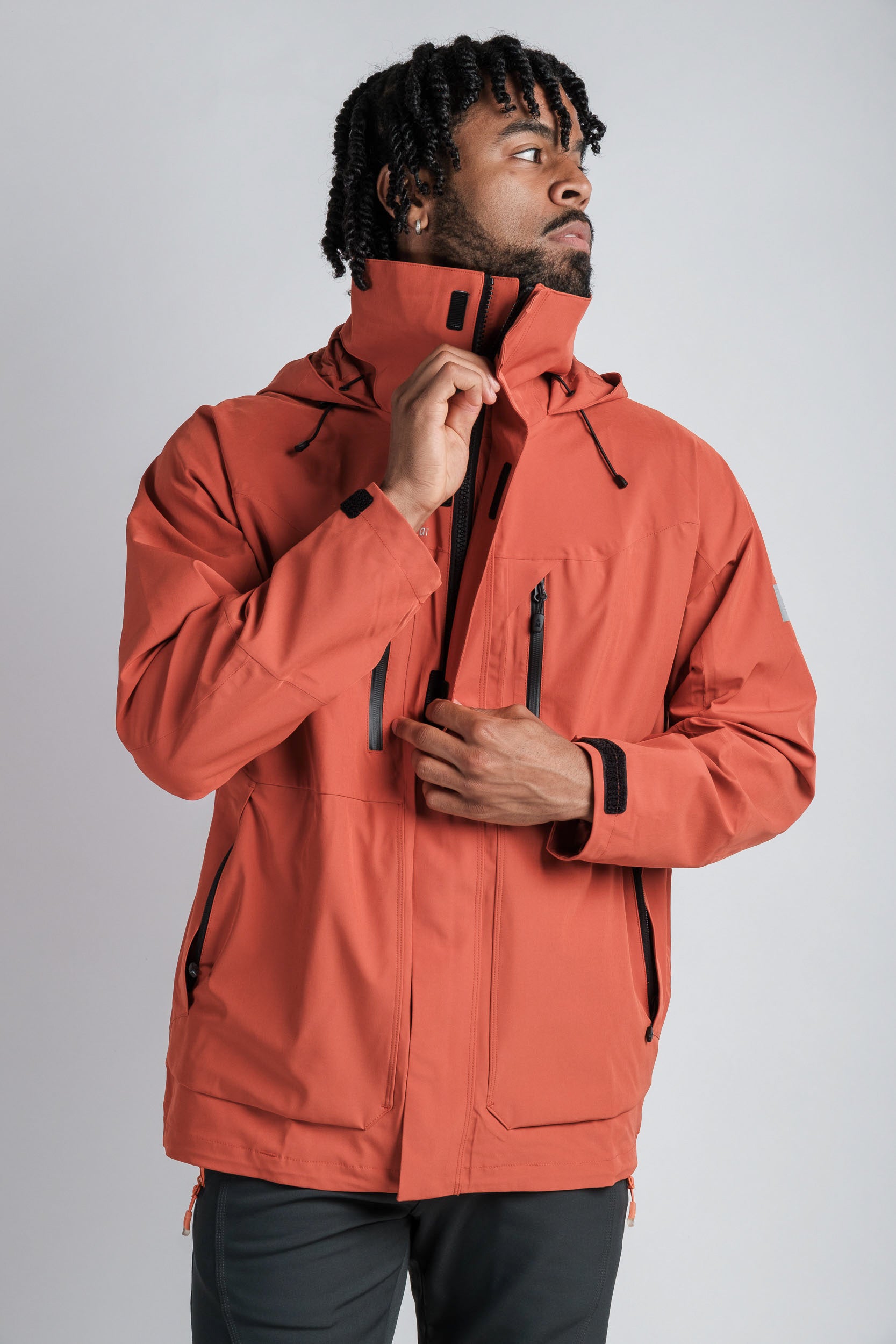
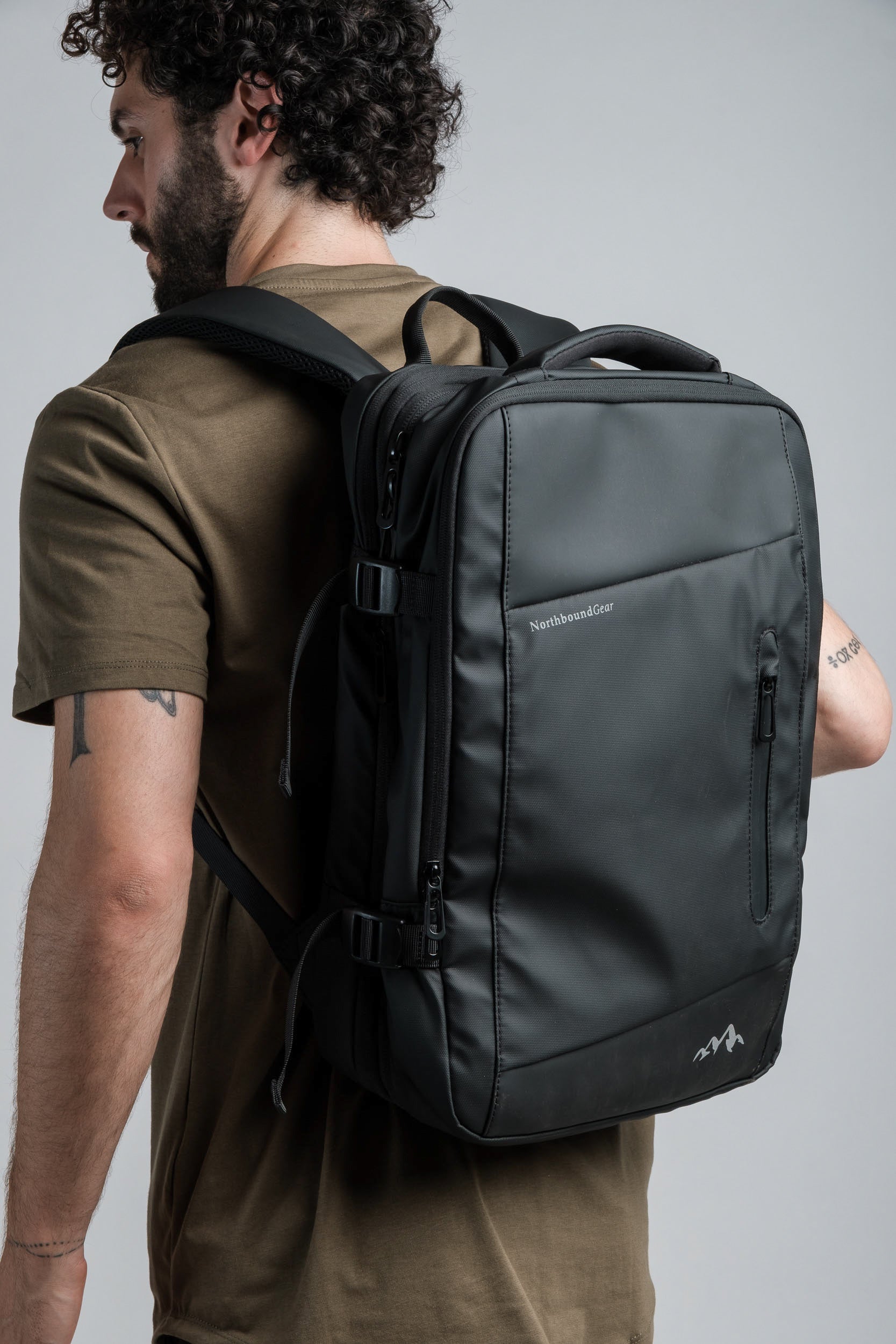
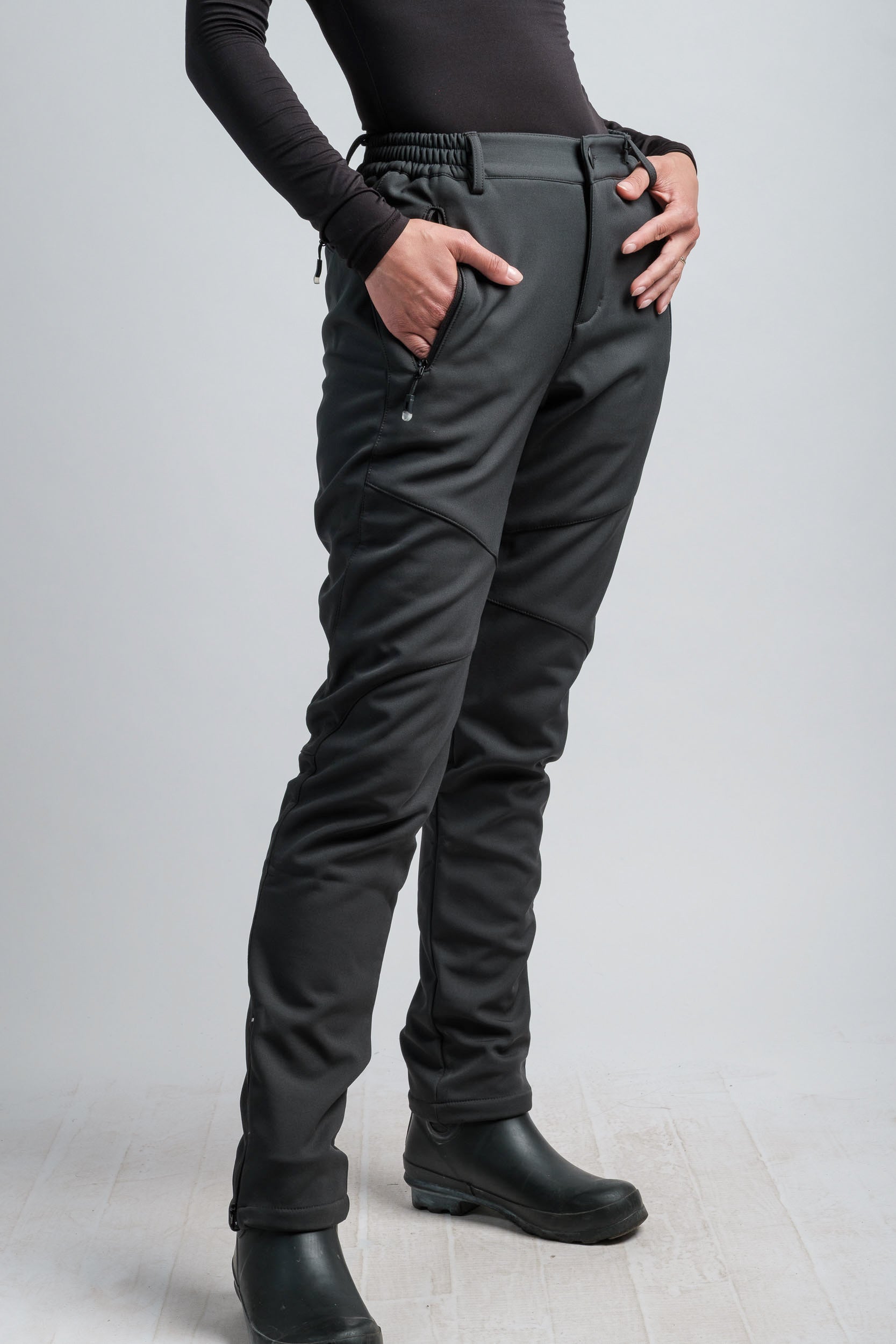
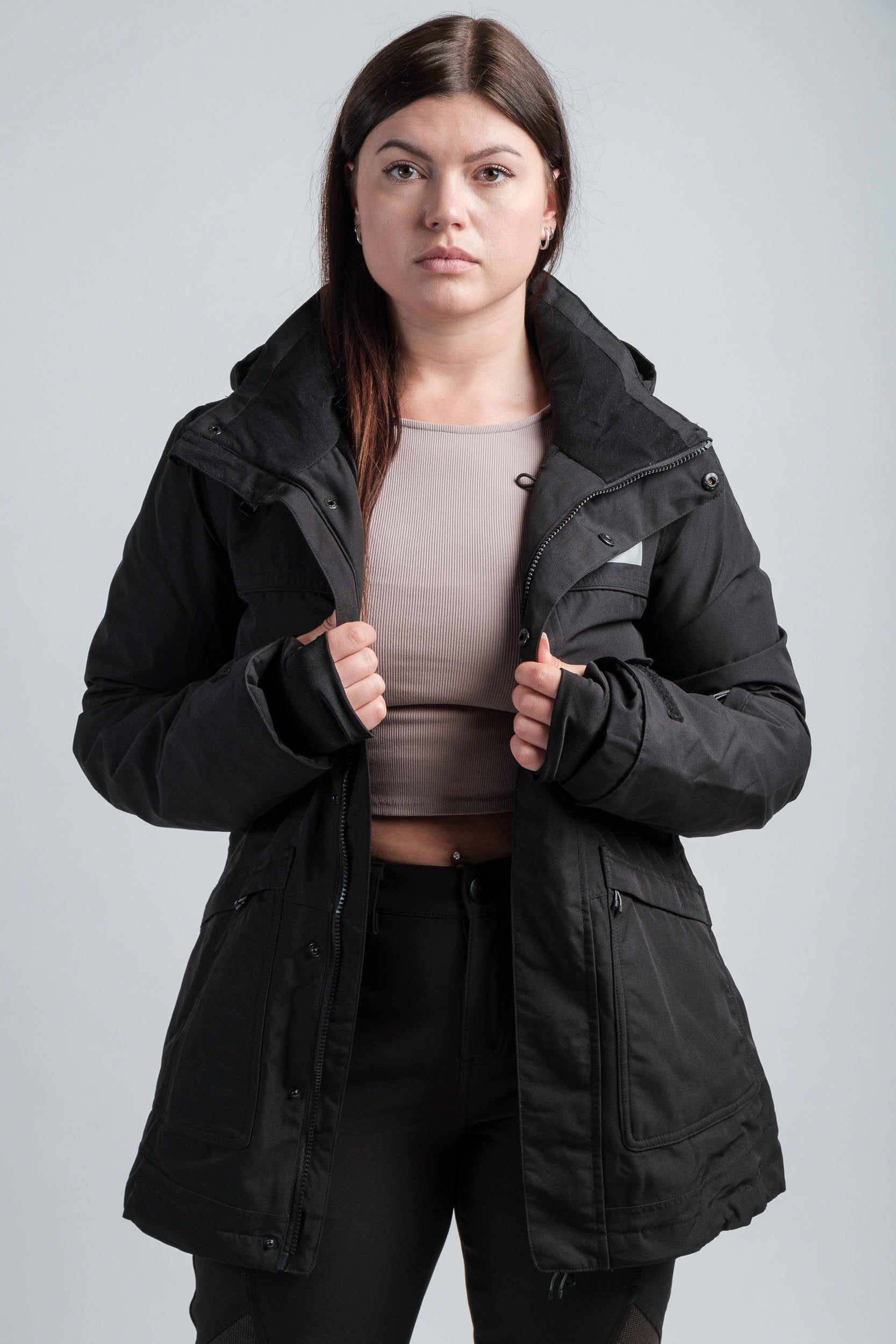
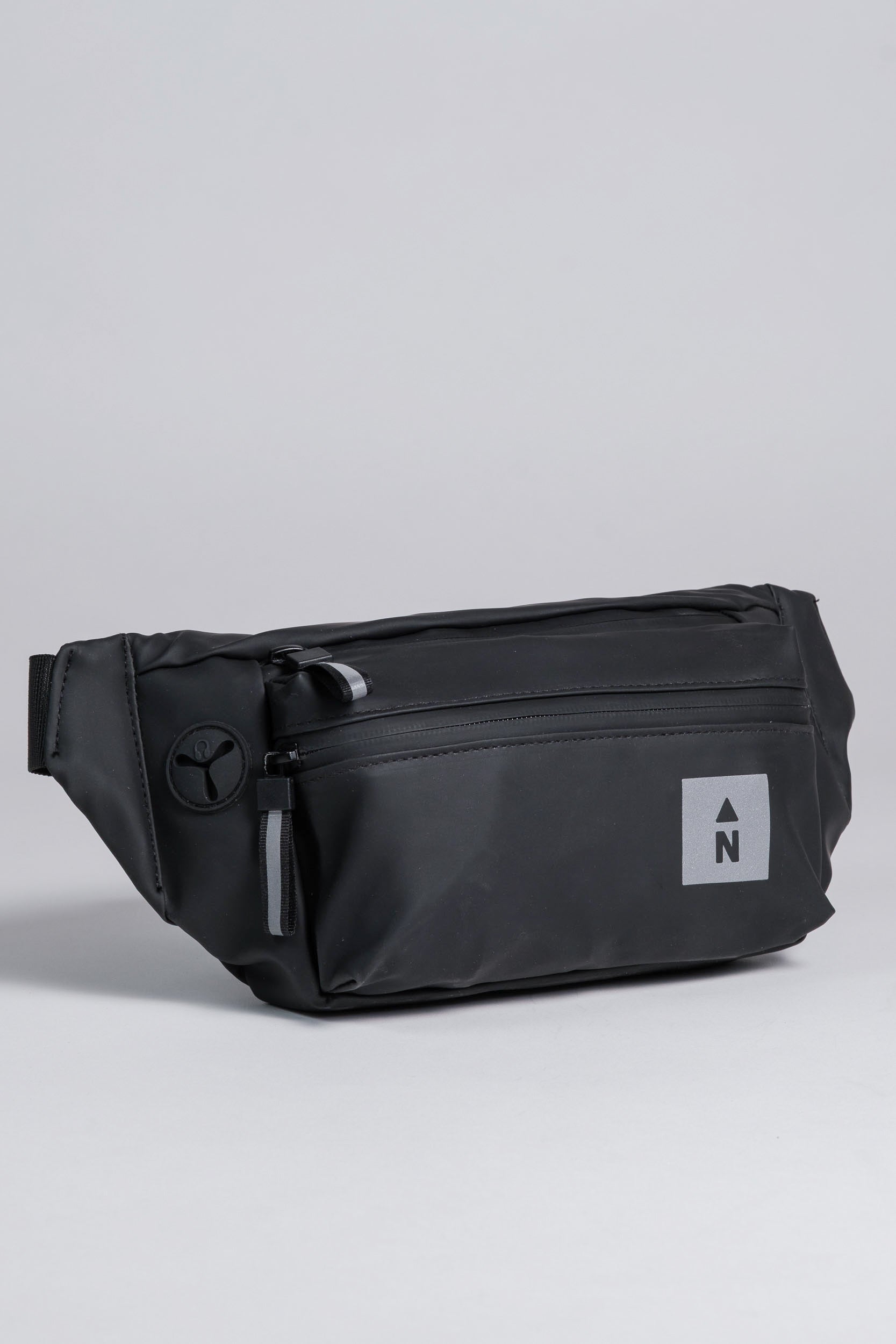
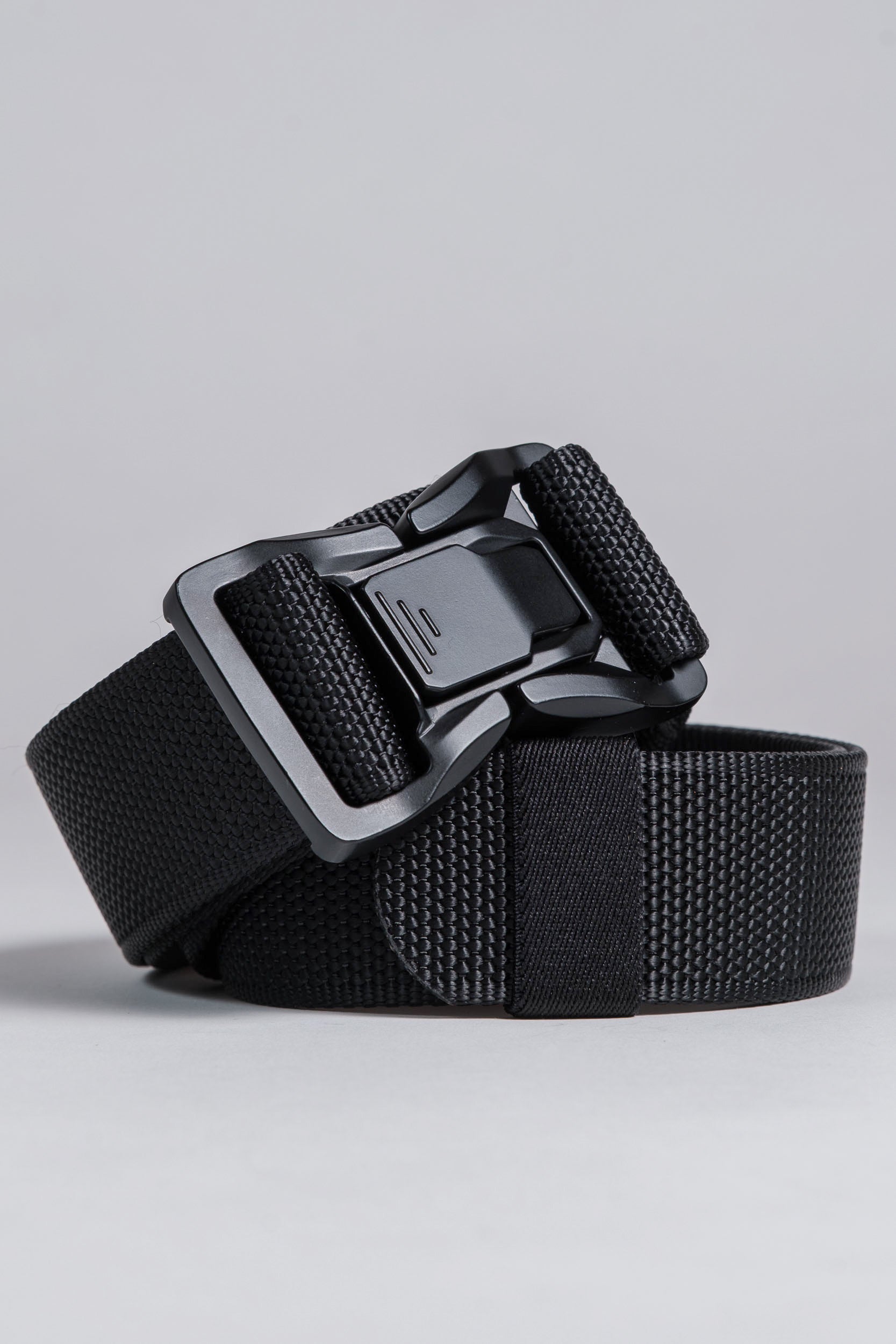
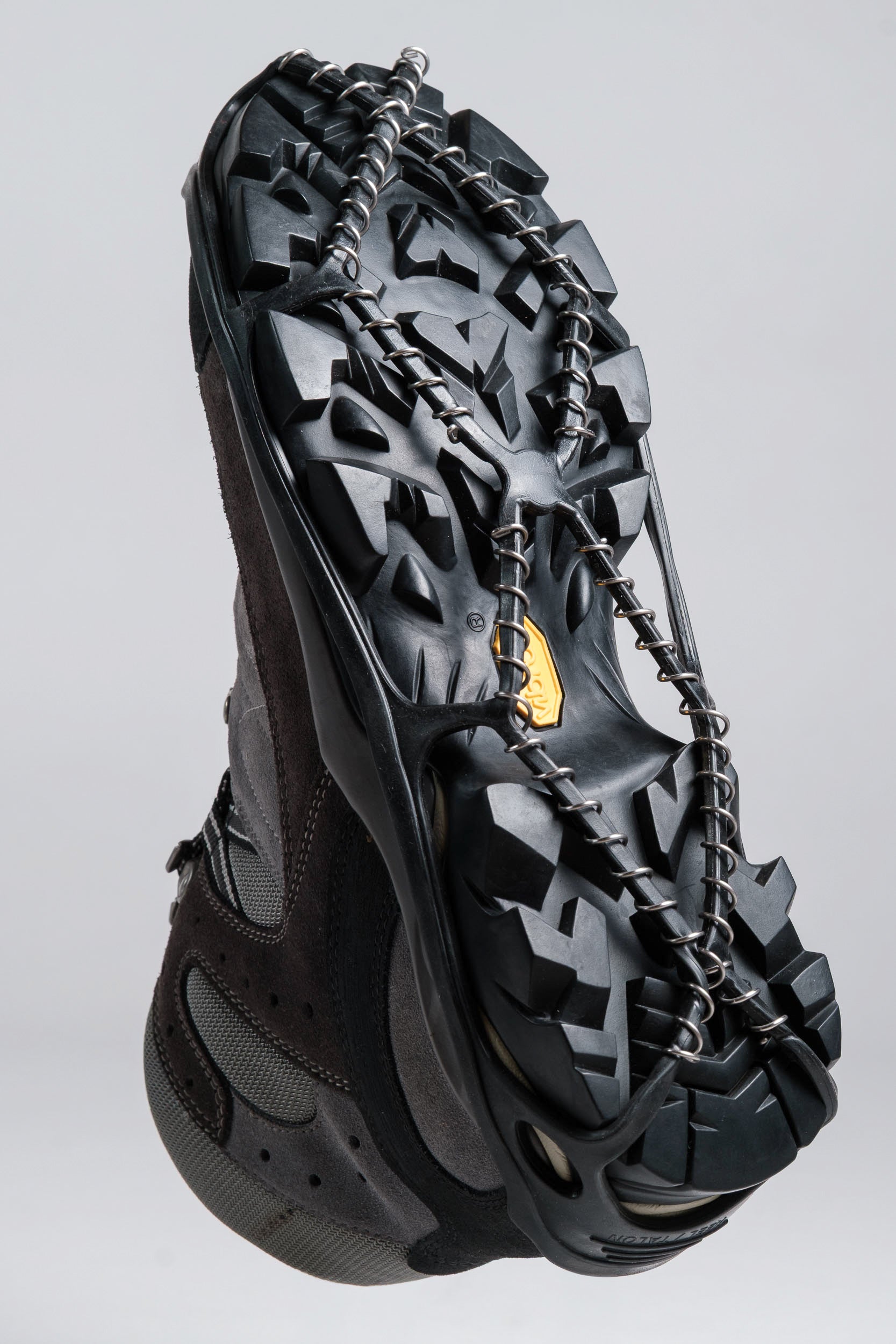
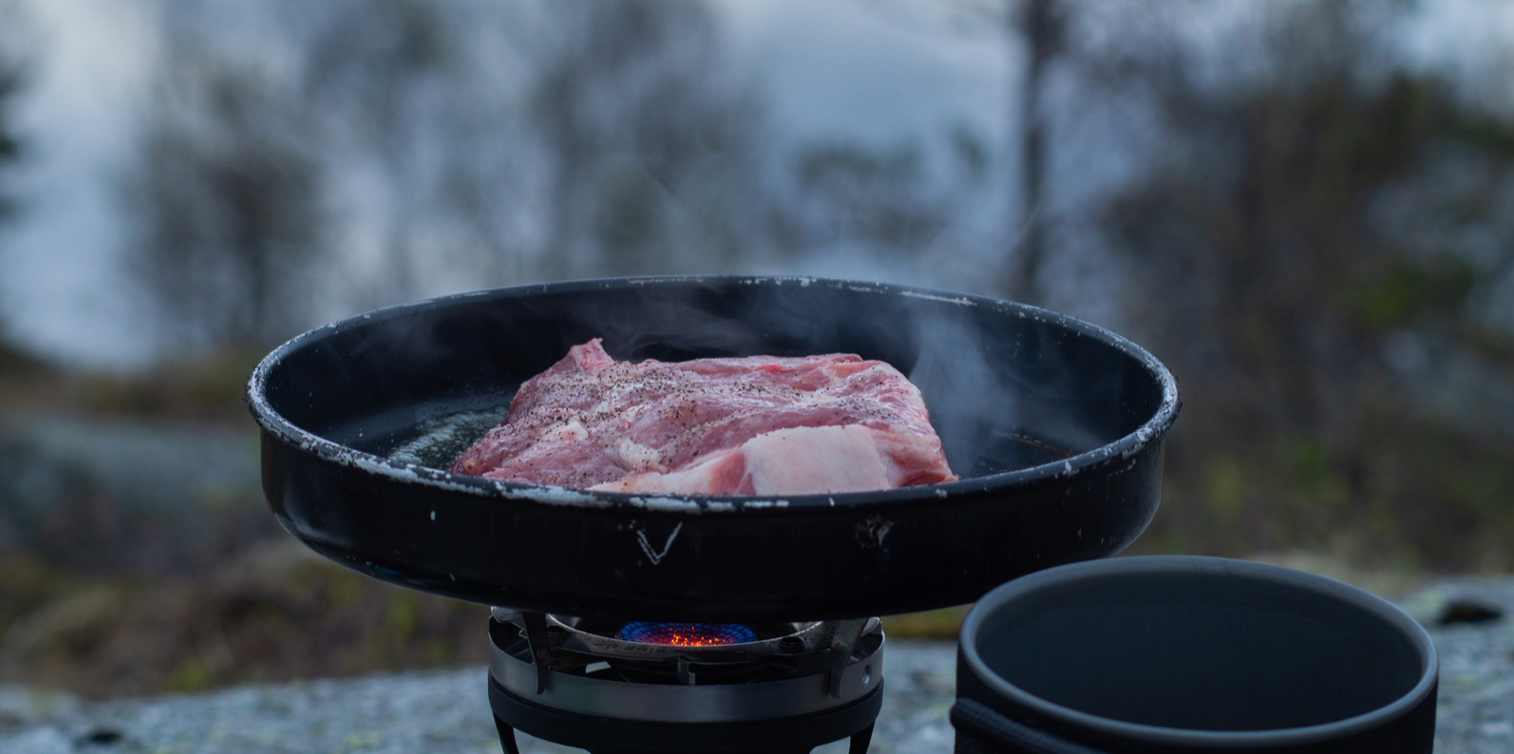
Leave a comment
All comments are moderated before being published.
This site is protected by hCaptcha and the hCaptcha Privacy Policy and Terms of Service apply.